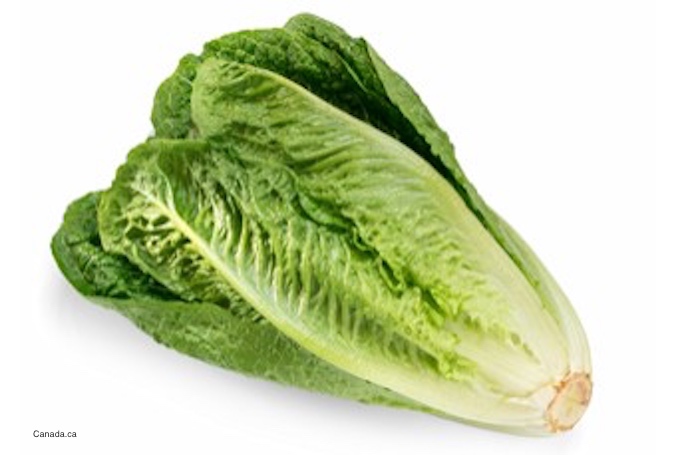The FDA has weighed in on the multistate E. coli O157:H7 HUS outbreak that is linked to romaine lettuce from the Yuma, Arizona growing region. Now 121 people in 25 states are sick. Fifty-two people are in the hospital, and 14 have developed hemolytic uremic syndrome, which is a kind of kidney failure. One person in California has died. Lawyers are asking: how did the romaine lettuce get contaminated?

The FDA has received confirmation from the Arizona Leafy Greens Marketing Agreement that is administered by the Arizona Department of Agriculture that romaine lettuce is no longer being grown and distributed form the Yuma growing region. The product, however, has a 21-day shelf life, so officials can’t be sure that the lettuce from this region is not in the supply chain.
Public health officials are working to locate multiple distribution channels that can explain why so many are sick in so many states. They are conducting traceback investigations from groupings of patients that are in completely different geographic areas. Officials try to find distribution channels that converge on a single source or grower or distributor.
One farm, Harrison Farms in Yuma, has been identified as the source of the romaine that sickened a small percentage of patients. But officials do not know if the lettuce was contaminated on the farm, during harvest, during processing, or at some other step in its journey from farm to fork. That farm is no longer growing lettuce.
Most of the E. coli O157:H7 illnesses are not linked to romaine from that farm. And most people who got sick said they ate chopped romaine lettuce, usually at a restaurant. The FDA does not have any evidence that other types of lettuce, or romaine grown in other areas of the country, are involved in this outbreak.
The FDA recommends that consumers ask restaurants, grocers, and other food service establishments where they got the romaine lettuce they are serving. Avoid any romaine lettuce, in any form, from Yuma. If you can’t confirm the source of the lettuce, don’t buy it.

You can contact food safety attorney Fred Pritzker for help by calling 1-888-377-8900 or 612-338-0202.
The symptoms of Shiga toxin-producing E. coli O157:H7 food poisoning include severe stomach cramps and diarrhea that is bloody and watery. A mild fever may accompany these symptoms. Symptoms of HUS include fever, abdominal pain, little urine output, feeling very tired, and pallor. Anyone who is suffering with any of these symptoms should see a doctor immediately.
The noted law firm Pritzker Hageman helps people who have been sickened by contaminated food protect their legal rights and get answers and compensation. Our lawyers help patients and families of children in personal injury and wrongful death lawsuits against growers, retailers, grocery stores, food processors, restaurants, and others. Attorney Fred Pritzker and his team of experienced attorneys recently won $7.5 million for a young client whose kidneys failed because he developed hemolytic uremic syndrome after an E. coli infection. You should know that class action lawsuits may not be appropriate for outbreak victims because each individual case is so very different.




